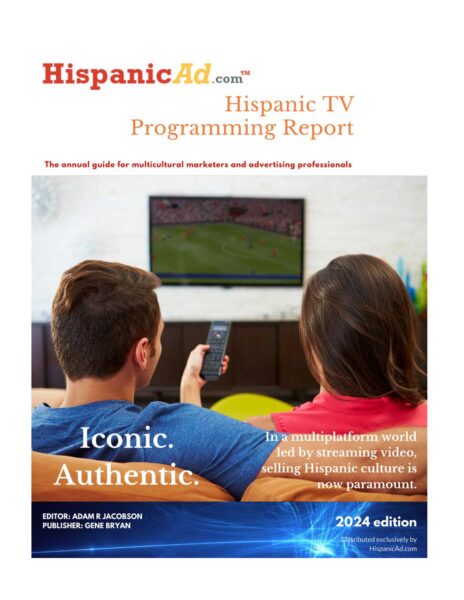Ad Or Content: Why Are Advertisers Asking This Question?
February 21, 2013
There’s been a lot of buzz across the digital blogosphere touting the growth and benefits of branded entertainment, as advertisers transition from selling a product to producing their own content around the product. Some brands are shifting from the 15- to 30-second preroll to placements that are as long as five minutes, and YouTube has begun selling longer ad placements that are skippable to encourage brands to create ads that look and feel more like content. While there will be brands who will find great success in this, my concern is that some brands are jumping into branded content too soon.
So much focus can be placed on procuring the funny script and the big actors, all with the idea that this will become a viral video. But there’s no recipe for a viral video; they seem to occur out of happenstance. The One Pound Fish singer Shahid Nazir didn’t plan on spawning a choreographed, auto-tuned music video with more than 12 million views; he was just trying to make his job more interesting, and (lucky for us) a tourist with a smartphone happened to be nearby. Yes, Red Bull was able to pull it off with the Red Bull Stratos campaign, but this required a lot of financial investment and knowhow. As OneScreen discussed in an earlier article on Spotify’s integrated ads, advertisers need to be aware and prepared for the risks when taking on branded entertainment. When advertisers want an ad to work as an ad, they are often better off treating it like one and focusing on what they do best– pairing engaging advertising formats with relevant content.
Some video players can publish an advertisement to appear as content, removing any mention that this is an advertisement. This feature comes with risks if not used for the right purposes. Audiences need to be in the right state of mind to receive an advertising message or the advertiser’s cues may be missed. When you see ads within a TV show, you know the message is an advertisement and you are now in the mindset of being informed (or not) about a product, but branded ads make the purpose seem to be entertainment. Unless you can entertain the user the same way regular content does, the ad may get dismissed entirely.
But successful branded entertainment does exist. Red Bull changed online video history with more than 52 million live streams for Felix Baumgartner’s Red Bull Stratos jump, and Air New Zealand’s Kiwi Sceptics campaign won a bronze Lion at Cannes for its innovative approach, but neither of these was cheap or easy to implement. Advertisers must be aware that being successful usually takes a lot of financial backing and expertise in areas that involve scripts, sets, actors, film crews, etc.
Even if the advertiser is able to create a finely honed piece of entertainment, they must then invest in syndicating to an audience who will be interested in watching. A channel on YouTube or on a website will likely not be enough, as evidenced by Orbit’s Dirty Shorts videos, which drew less than 400,000 views on YouTube. What would make someone start watching a voice competition show created by Halls Cold Drops when they are already DVR-ing “American Idol”every Wednesday?
It seems smarter for Halls to create advertising that incorporates some of the “Idol” contestants, showing them using the cough drops to soothe their voice before a performance that takes down the house. This way, Halls knows it’s tapping into an already captive audience and can create a story for the brand around the audience’s chosen content. Before moving into branded entertainment, advertisers must be aware that moving to content production adds a whole new layer of responsibilities that might not deliver ROI.
When the ultimate goal is to sell a product or market a service, doesn’t it make more sense to stick to what’s worked for selling products for decades: advertisements? Advertisers should still innovate by incorporating new media into their business models, e.g., online video and rich media, and taking on new creative formats, such as Innovid’s user-initiated iRoll units (disclosure: a OneScreen partner) but the focus should be on telling a story that sells the product.
Advertisers can still provide content by making video advertisements available for viewing on their websites, but branded entertainment should only be taken on by advertisers when the main goal is to have audiences interact with their content in a different way than they might interact with a TV show, movie, or online video.
by Atul Patel
Atul Patel is the CEO and Founder of OneScreen, a company committed to giving people more access to watch content where, when, and how they want. Atul has over 12 years experience in strategy and product development in video, display, mobile, and direct response advertising, and has served as an advisor to various companies in digital advertising.
Courtesy of MediaPost































